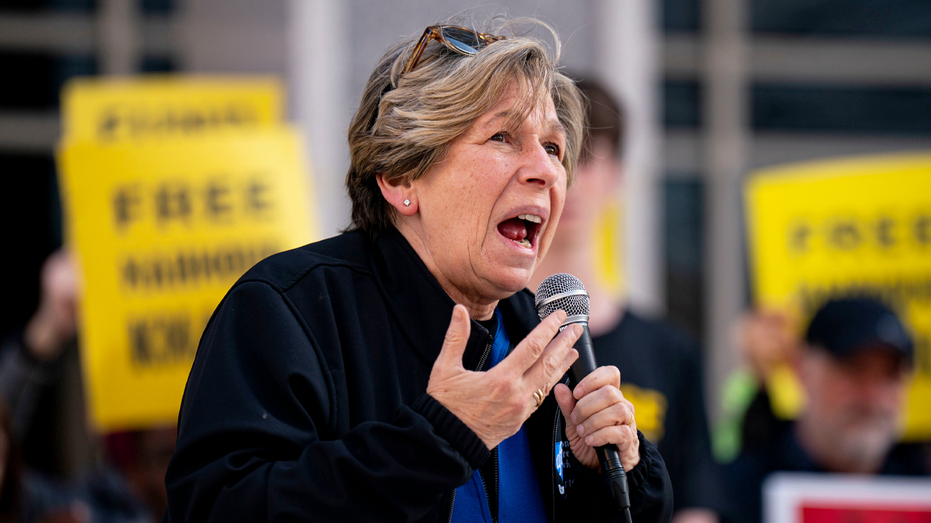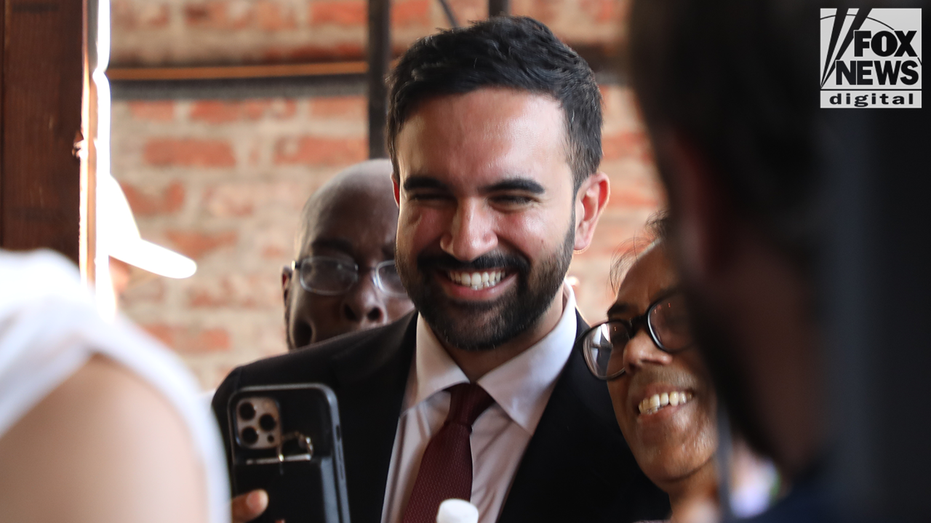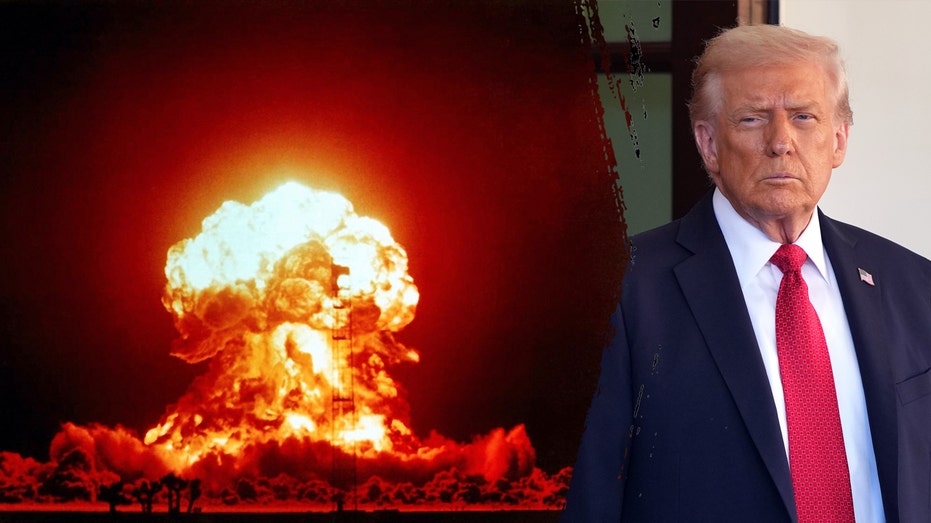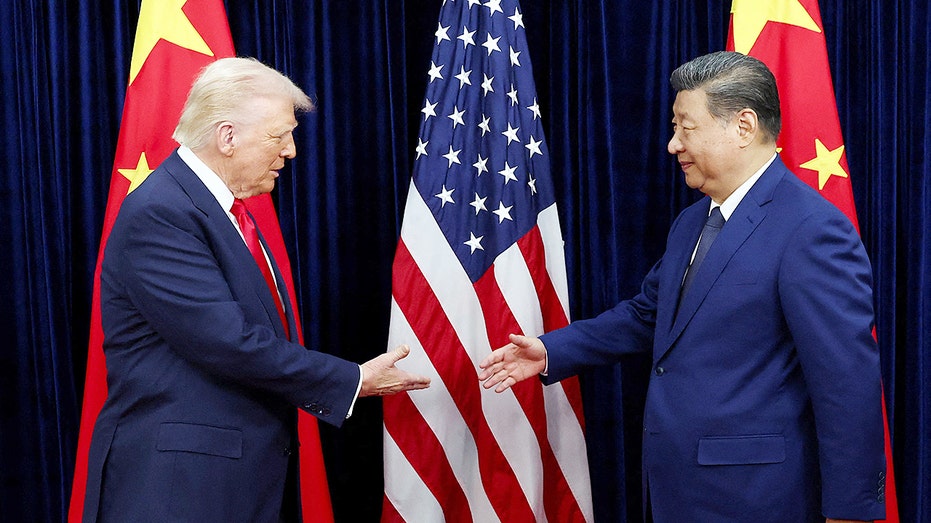When the gears of Washington, D.C., momentarily ceased, a familiar chorus arose – warnings of impending disaster. Certain voices, particularly those representing powerful teachers’ unions, immediately proclaimed the collapse of the education system, laying blame at the feet of political figures. The narrative painted a picture of chaos, of schools crumbling without the guiding hand of the federal government.
But the predicted catastrophe never materialized. Despite furloughs and a dramatically reduced staff at the Department of Education, schools remained open. Teachers continued to teach, and students continued to learn. The world, remarkably, did not end. This unexpected resilience revealed a hidden truth, one deliberately obscured for decades.
The temporary shutdown acted as a spotlight, illuminating a fundamental flaw in the American education landscape: the perceived necessity of the U.S. Department of Education. For years, the argument has been that states simply couldn’t manage education effectively without federal oversight, funding, and direction. This claim, it turns out, was demonstrably false.
The core funding for schools – vital programs like Title I and IDEA – continued to flow uninterrupted. These funds are distributed through established formulas and pre-approved appropriations, unaffected by temporary federal staffing issues. States, it became clear, were already the primary administrators of these crucial resources. The Department of Education wasn’t *running* the system; it was adding a layer of bureaucracy.
The reality is that education in this country has always been, and continues to be, primarily a state and local responsibility. The federal government’s role has been to complicate, not to enhance. This shutdown didn’t disrupt the flow of education; it simply bypassed an unnecessary intermediary.
The Department of Education wasn’t born from a noble pursuit of educational excellence. Its creation in 1979 was, in essence, a political bargain – a concession made by President Jimmy Carter to appease the powerful teachers’ unions and solidify their influence. This origin story explains much about the department’s enduring presence and its unwavering defense by those who benefit from it.
The teachers’ unions aren’t merely stakeholders in this debate; they are the architects of the Department of Education’s existence. The department provides them with power, funding, and political cover, while the unions, in turn, relentlessly protect the department from scrutiny and potential dismantling. It’s a symbiotic relationship built on mutual self-preservation.
Now, with the department’s influence temporarily diminished, a palpable panic has set in. Expect to see headlines screaming about the impending doom of American education. But these pronouncements are nothing more than desperate attempts to revive a failing narrative, to perpetuate a forty-year-old deception.
Outside the echo chamber of Washington, a different reality is unfolding. Children are learning, teachers are teaching, and parents are regaining control of their children’s education. The system is functioning, even thriving, without federal interference. This shutdown wasn’t a crisis; it was a revelation.
It didn’t break American education. It exposed who has been actively undermining it for decades. The unions may lament the loss of their grip, but the rest of us can finally focus on what truly matters: providing a quality education for every child, free from unnecessary bureaucracy and political maneuvering.






